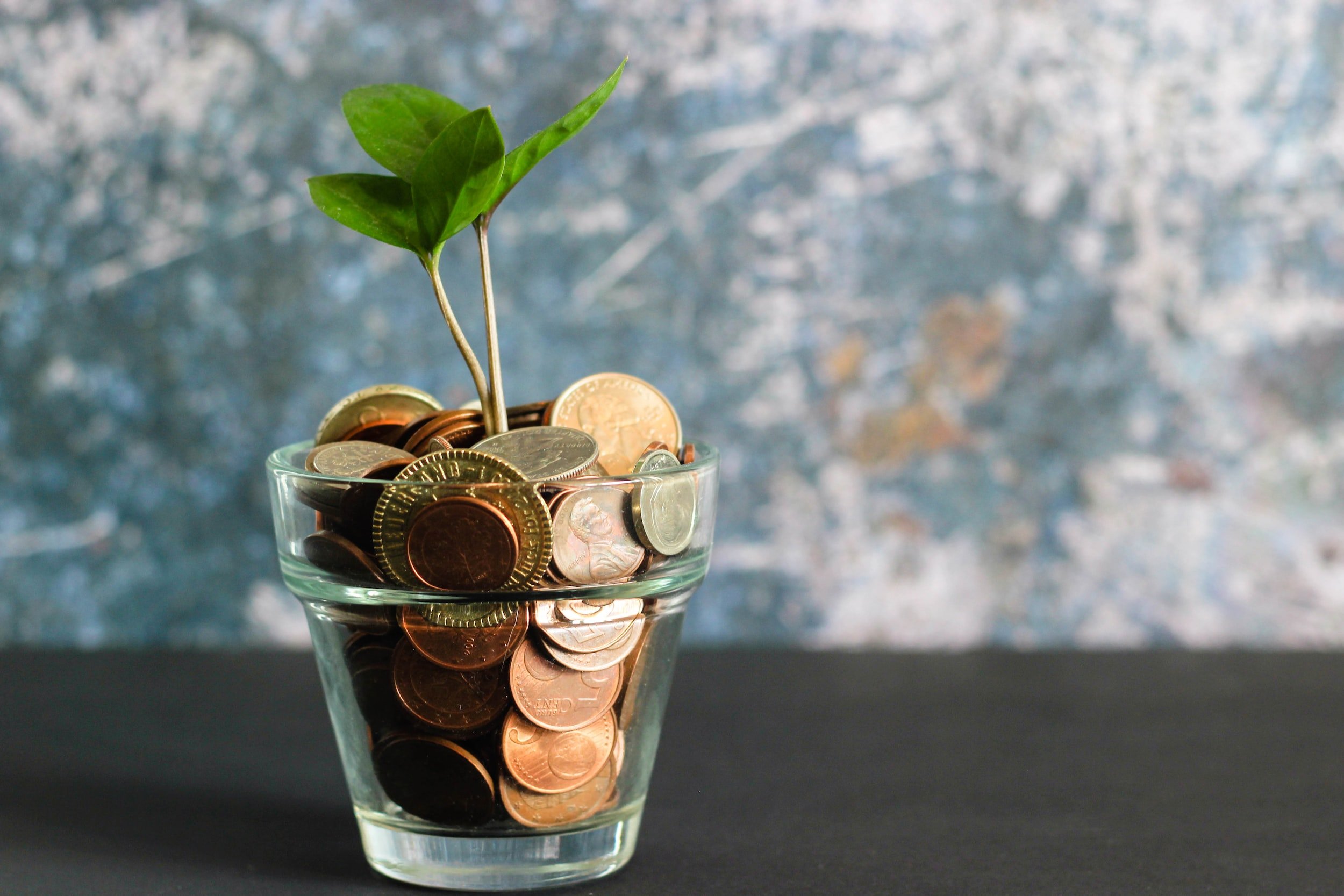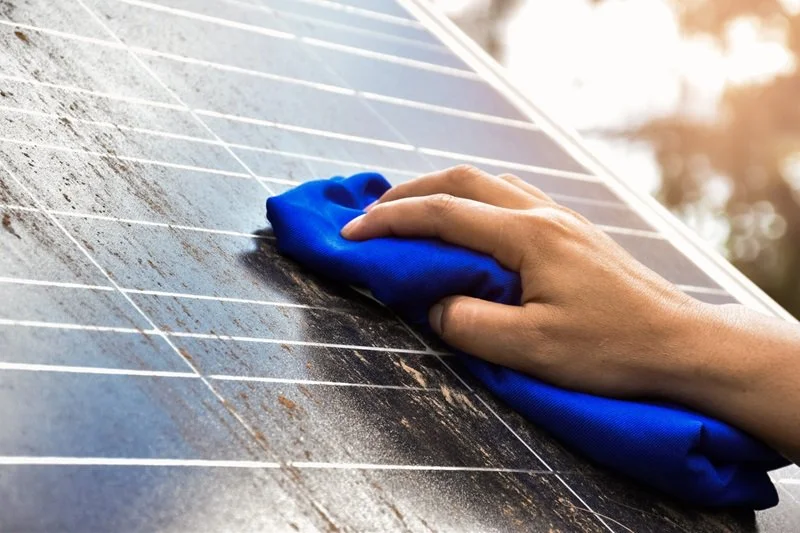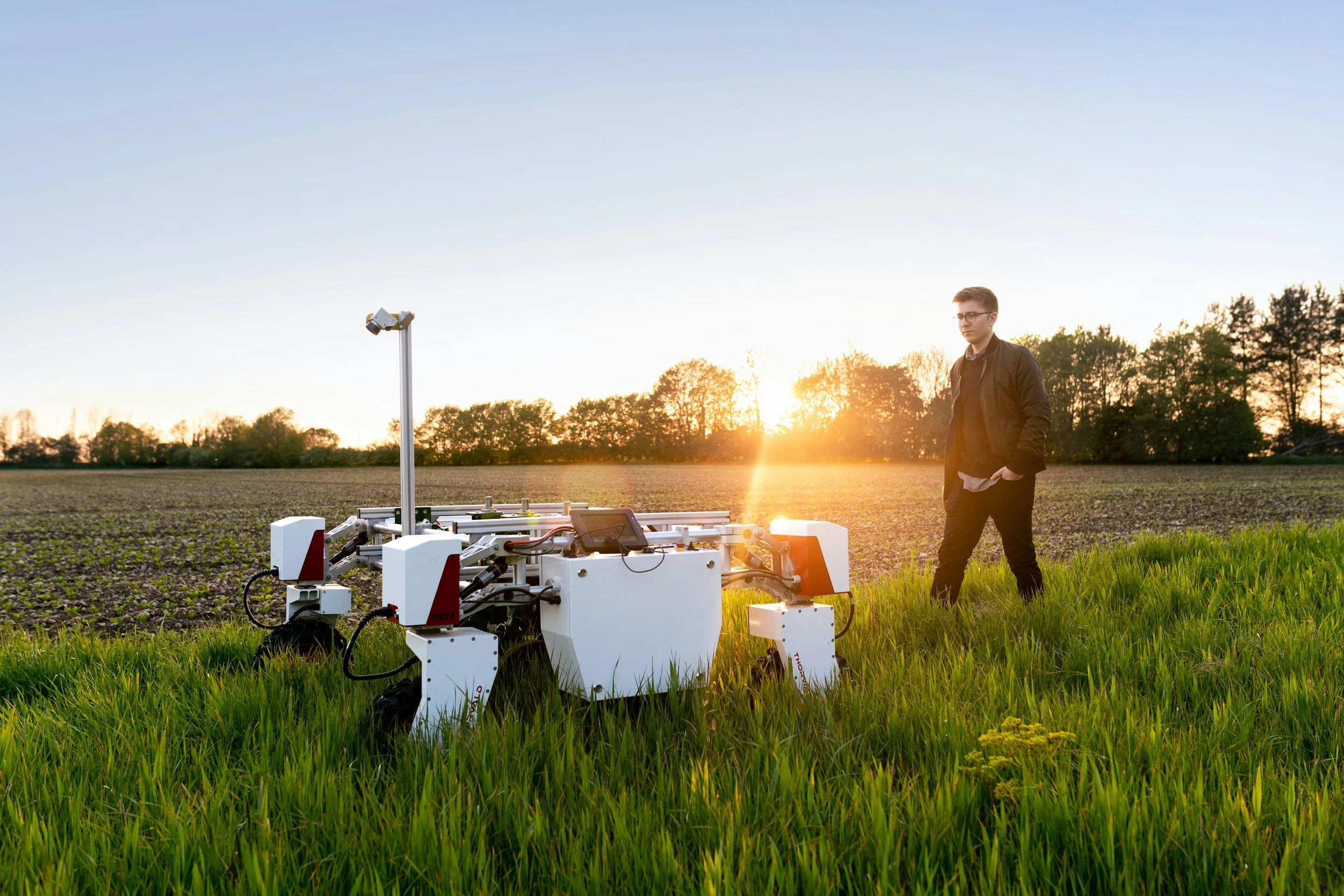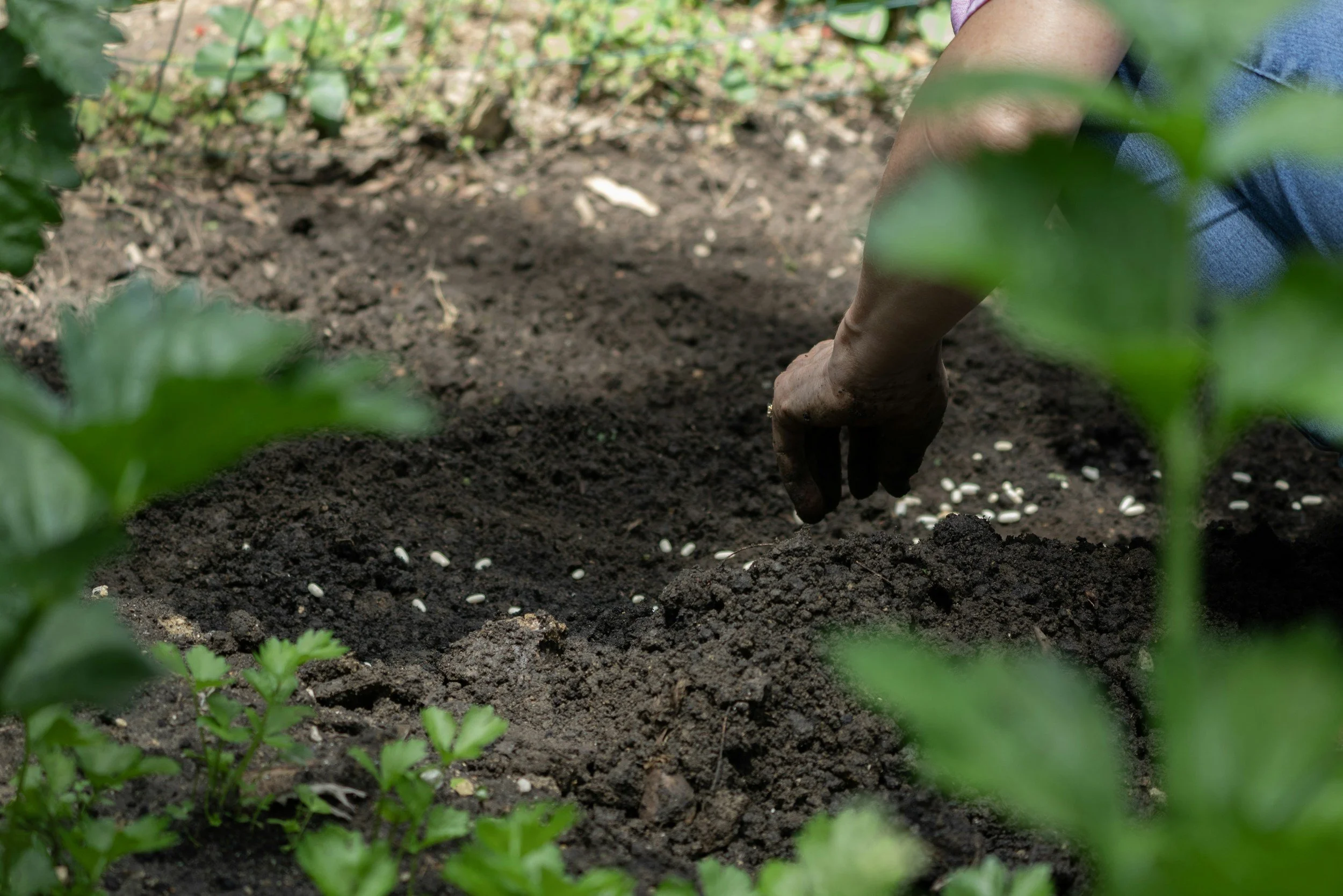8 Practical Tips to Improve Sustainability in Your Businesses
/As a business owner or manager, you likely want to do everything possible for your company to succeed. But in today's fast-paced world, it can be difficult to find time for all the different tasks that come with running a business. One area is often pushed to the back burner is sustainability. As an entrepreneur, you have many responsibilities on your plate, but this doesn't mean that you should neglect this one. It can be difficult to take care of both short-term and long-term goals at once, but there are ways that you can make sure sustainability is part of your day-to-day operations. Here are some practical tips on how small businesses can improve their sustainability efforts.
1. Take a Deep Dive into Your Supply Chains
Understand where your waste goes. One of the easiest ways to improve the sustainability of your company is by understanding where your waste goes and what happens to it. By taking a closer look at where your business creates waste and how that waste is handled, you can make changes that will have a positive impact on the environment.
Understand how your supply chain works. Taking an in-depth look at how products are made and distributed throughout their lifecycles can help you identify opportunities for improvement in terms of sustainability practices. For example, if you find that most of these processes are more complicated than they need to be or if they involve more steps than necessary, you may want to consider streamlining them so as not only to save money but also to reduce energy consumption levels within the company overall. This could potentially lead to reducing greenhouse gas emissions from both internal operations as well as outside sources such as suppliers' facilities that rely on fossil fuels or other non-renewable resources for production purposes themselves (e.g., aluminum smelting).
2. Have an Emergency Fund
An emergency fund is an important part of preparing for and managing sustainability. Having an emergency fund will allow you to handle unexpected expenses, such as replacing a broken air-conditioning unit or dealing with a burst pipe. It can also help you deal with the costs associated with starting up your business; if you have an independent contractor come in to fix something on the premises, this money should be saved in advance before they arrive so that they can get paid promptly.
The best way to build an emergency fund is by setting aside cash each month until it reaches the goal amount. This can be as little as $100 per month or up to $500 per month depending on where your company stands financially and what kind of emergencies are likely in your area (for example earthquakes may require more money than floods). The key thing here is that all businesses need some sort of backup plan.
Once your fund has reached its target level, keep putting away money every now and then just so there’s always some extra cash on hand when catastrophe strikes, and remember: even if it doesn't seem like much now, one day those small deposits could add up into something significant enough to make all the difference between success and failure.
3. Timing is Everything
Sustainability is a long-term goal, but it's important to start small. For example, you might think about starting with an employee training program that teaches your employees about the company's sustainability goals. This type of initiative will be much more effective if you time it correctly.
Timing your initiatives can help you get results faster. If you target your employees' awareness-raising efforts at the end of the year, they'll be more likely to remember what they learned during their training sessions when they're making buying decisions for their own consumer purchases in the new year.
You'll need to keep track of how much money has been saved thanks to these initiatives (you may also want to track how much energy has been saved). That way, when people ask for proof that what you're doing is working and whether it's worth continuing with these initiatives, you'll have something concrete to show them. This could help convince them that sustainability really is important.
4. Keep Up with Sustainable Trends
One of the most important things you can do to improve sustainability in your business is to stay up to date on sustainable trends. To do that, it's important to keep an eye on what's going on in both the world of sustainability and your industry.
If you've never thought about how sustainable trends could help businesses, here are some examples:
Businesses can use sustainability as a marketing tool, as some consumers are willing to pay more for products made from recycled materials or that have been produced in an environmentally friendly way.
Companies can look at broader issues like climate change and energy efficiency when making decisions about what products they sell or how they run their factories so that they don't exacerbate problems like pollution and deforestation caused by global warming.
5. Try One of These Low-Cost Initiatives
Reducing and recycling waste is a great first step toward becoming more sustainable. If possible, consider using products that are made from recycled materials like paper or plastics. This can help cut down on the number of raw materials needed to manufacture new materials while also reducing your business’s carbon footprint by not contributing to landfills.
Green cleaning is an important part of being environmentally conscious because it uses all-natural cleaning solutions instead of harsh chemicals that can pollute the air and water supply. Using green cleaners not only helps you reduce your environmental impact but also makes for healthier employees as well as customers who visit your stores or offices regularly.
Composting is another great way to reduce waste in both homes and offices. Simply throwing away food scraps can lead them straight into landfill sites where they'll sit for years before breaking down naturally into unusable soil components.
6. Don't Forget About Product Design
The design of your product or service is not just about how it looks and feels, but how it impacts the environment and people who use it.
Design for the environment: consider the materials used to make your product or service and how they can be recycled or reused. When making decisions about packaging, think about whether you need to package at all, or if unpackaged goods are a better option.
Design for the user: design products that people want to use and will continue using over time (rather than constantly upgrading). Use biodegradable materials where possible so that nothing becomes waste after being used for its intended purpose.
Design for the business: create products that you can sell at a profit by considering factors such as energy efficiency, durability, and repairability in order to avoid wasting money on replacing things unnecessarily. Consider whether production processes can be made simpler and more efficient through automation. This will help reduce costs while also reducing environmental impact through reduced human labor requirements on site.
7. Look Beyond Plastics
When you're looking to package your products, it can be tempting to just reach for the plastic. But there are a number of other options out there:
Glass jars and bottles are often used by jam and mustard makers, but they're also great for all kinds of food items like pickles and preserved fruits. They're reusable and can also be recycled.
Cardboard boxes are a more sustainable alternative to plastic packaging. They can be reused or recycled as well, and they tend to be inexpensive, making them an affordable option for businesses on a budget.
Metal cans are another good choice if you want your product packaged in something that isn't going away anytime soon (which means no matter how much recycling there is in the world). Metal cans come with their own set of pros: They're easy to open and close with one hand; they don't require extra wrapping or tape; they keep liquids fresher longer than glass bottles do; plus, metal doesn't break as easily as glass does.
8. Save Money by Using Energy Efficiently
If you're looking for a way to save money and go green, look no further than your electricity bill. Energy efficiency is one of the cheapest ways to cut down on both your carbon emissions and costs. Here are some practical tips for reducing energy use in your business:
Use energy-efficient appliances. It's important to consider how much of your total power usage comes from inefficient equipment before making any major changes; if it's only a small fraction of your bills, it may be better just to replace them with more efficient models rather than switching over entirely.
Consider solar power options. Solar panels have become affordable enough that many homes now use them, but they're also an option when installing new systems at businesses as well, especially if they're located in areas with plenty of sunlight during most hours of the day year-round. If this isn't feasible due to lack of space or other complications with installation (e.g., high ceilings), consider adding things like LED lights instead which use less power overall but still provide plenty of light during regular working hours without leaving offices dark after hours (which could pose safety hazards).
Like this? Please pin!
Conclusion
You can make a difference in your business by using these tips to make it more sustainable. While some of them are long-term goals, others can be completed quickly and easily. You don't have to spend a lot of money on making your business more sustainable, either. Just remember that there's no one right way to go about it; what matters most is that you take action.
About the Author:
Sally Smith is a woman who loves to read and write. At the present, she is very delighted to work with many aspiring small businesses. With the rise of the age of social media, it led her interest to centre around digital marketing and blogging.










































Green mining is an emerging approach aimed at reducing the environmental impact of resource extraction while ensuring long-term sustainability. Traditional mining practices have historically contributed to land degradation, water contamination, and excessive greenhouse gas emissions. As global demand for minerals rises, the industry faces increasing pressure to adopt eco-friendly practices. Green mining initiatives seek to minimize ecological harm through innovative technologies, efficient resource use, and regulatory compliance.